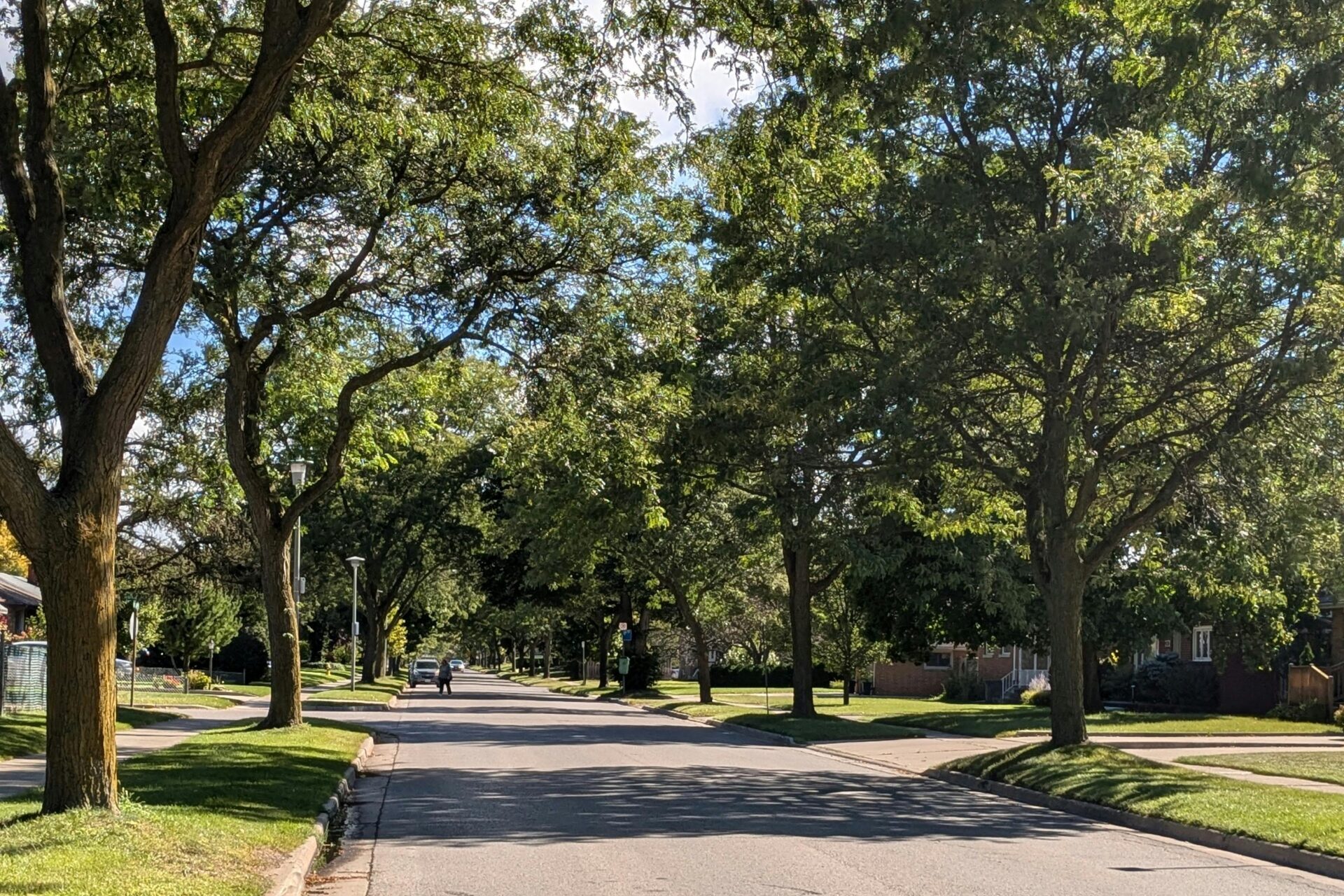🌿 Why Green Makes Us Feel Good: The Science Behind Nature’s Calming Power
Ever wonder why a walk in the park makes you feel better? Or why sitting under a tree feels so peaceful? It’s not just in your head — science shows that being around trees and greenery can literally calm your body and mind.
Let’s explore why the color green (and nature in general) has such a powerful effect on our well-being — and why trees are more important than ever!
1. Green and Stress Relief: It’s in Our Nature
 Humans have lived close to nature for most of history. Back then, green meant safety, water, and food — a place where life thrived. So when we see trees and plants, our bodies naturally relax.
Humans have lived close to nature for most of history. Back then, green meant safety, water, and food — a place where life thrived. So when we see trees and plants, our bodies naturally relax.
- Fun Fact: Studies show that just looking at green spaces can lower cortisol — the hormone we produce when we’re stressed!
- One study found that spending only 20 minutes in a forest reduced cortisol levels by over 12%, compared to time in the city.
2. Nature Calms Our Bodies and Minds
 When we’re surrounded by nature, our bodies shift into “rest and digest” mode — the opposite of the “fight or flight” stress response.
When we’re surrounded by nature, our bodies shift into “rest and digest” mode — the opposite of the “fight or flight” stress response.
- A study in Frontiers in Psychology found that people in green environments had lower heart rates and blood pressure — clear signs of relaxation.
- Even just the color green can help quiet the parts of our nervous system that trigger anxiety.
3. Nature Makes Us Happier
 Nature doesn’t just calm us — it makes us happier!
Nature doesn’t just calm us — it makes us happier!
- Brain scans show that looking at trees and natural scenes activates reward centers in the brain — the same parts that light up when we feel joy.
- A 90-minute walk in nature has been shown to reduce negative thinking, like worrying and overthinking.
4. Green Spaces Are Like Vitamins for the Brain

Nature helps balance brain chemistry:
- Serotonin, a chemical that stabilizes mood, goes up when we spend time in green spaces.
- Endorphins, our body’s natural mood boosters, are released when we move — like walking or gardening — in nature.
5. Green Is Gentle on the Eyes

Here’s a cool fact: green light is super easy on the eyes.
Its wavelength (around 510 nm) is comfortable and calming for our vision — a natural break from bright screens and artificial lights.
6. Living Near Green Is Good for Long-Term Health

Long-term studies show that people living near parks and trees are less likely to suffer from anxiety, depression, and stress.
And guess what? Even two hours a week in nature can significantly boost mental well-being — no expensive therapy sessions required!
7. Bringing Nature Indoors Helps Too

No park nearby? No problem! Bringing plants inside makes a huge difference.
- Spaces with greenery can lower anxiety by up to 40%
- They can also boost productivity by nearly 15%
🌳 Final Thoughts: Why Trees Matter for Our Health
Trees and greenery are more than beautiful — they’re essential for our mental and physical well-being. Whether it’s a stroll under leafy trees, adding a houseplant to your desk, or visiting a local park, nature has powerful ways to heal and restore us.
So next time you feel overwhelmed, remember: a little green can go a long way. 💚🌿
📚 References and Further Reading
- Park, B. J., Tsunetsugu, Y., Kasetani, T., Kagawa, T., & Miyazaki, Y. (2010). The physiological effects of Shinrin-yoku (taking in the forest atmosphere or forest bathing): evidence from field experiments in 24 forests across Japan. Environmental Health and Preventive Medicine, 15(1), 18–26.
- Gladwell, V. F., Brown, D. K., Wood, C., Sandercock, G. R., & Barton, J. L. (2013). The great outdoors: how a green exercise environment can benefit all. Extreme Physiology & Medicine, 2(1), 3.
- Bratman, G. N., Hamilton, J. P., & Daily, G. C. (2015). The impacts of nature experience on human cognitive function and mental health. Trends in Cognitive Sciences, 19(10), 602–609.
- Twohig-Bennett, C., & Jones, A. (2018). The health benefits of the great outdoors: A systematic review and meta-analysis of greenspace exposure and health outcomes. Environmental Research, 166, 628–637.
- White, M. P., Alcock, I., Grellier, J., Wheeler, B. W., Hartig, T., Warber, S. L., … & Fleming, L. E. (2019). Spending at least 120 minutes a week in nature is associated with good health and wellbeing. Scientific Reports, 9(1), 7730.
- Kaplan, R., & Kaplan, S. (1995). The Experience of Nature: A Psychological Perspective. Cambridge University Press.
- Nieuwenhuijsen, M. J., Khreis, H., Triguero-Mas, M., Gascon, M., & Dadvand, P. (2017). Fifty shades of green: pathway to healthy urban living. Epidemiology, 28(1), 63–71.
